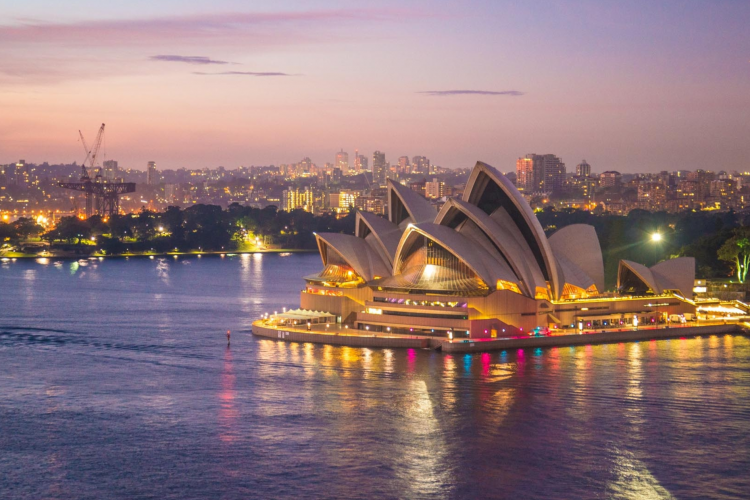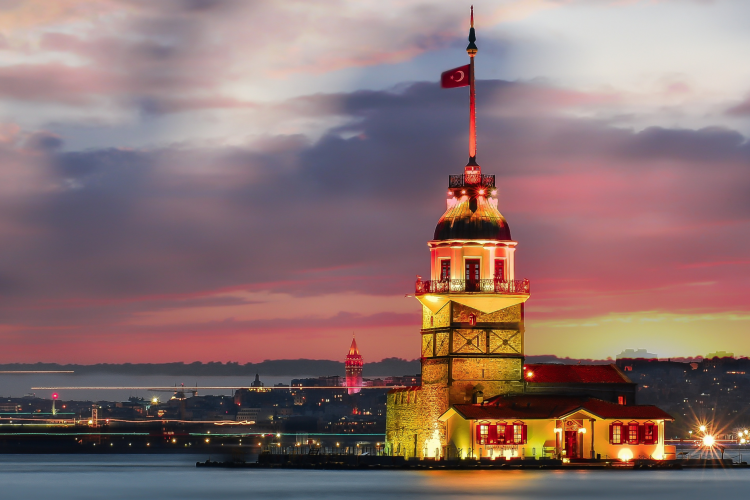
Madagascar is renowned for being a biodiversity hotspot, showcasing a unique and diverse array of flora and fauna found nowhere else on Earth.
Here’s an overview of Madagascar’s biodiversity:
1. Unique Wildlife:
– Madagascar is home to a multitude of species that are endemic to the island, meaning they are found nowhere else on the planet. This includes lemurs, chameleons, and various types of birds and insects.
– Lemurs, the iconic primates of Madagascar, have evolved into numerous species and exhibit a wide range of sizes, behaviors, and habitats.
2. Rich Flora:
– The island boasts a remarkable variety of plant life, with a high percentage of endemic species. Unique baobab trees, orchids, and other tropical plants contribute to Madagascar’s distinct ecosystems.
– Some of the world’s rarest and most ancient plant families, such as the flowering plant Amborella trichopoda, are found in Madagascar.
3. Diverse Landscapes:
– Madagascar’s landscapes are incredibly diverse, ranging from lush rainforests and highland plateaus to semi-arid spiny forests and pristine beaches.
– The Tsingy de Bemaraha, a unique limestone formation with sharp, pointed pinnacles, is a UNESCO World Heritage Site and exemplifies the island’s geological diversity.
4. Birdlife:
– Madagascar is a birdwatcher’s paradise, with over 100 species of birds found exclusively on the island. Notable examples include the colorful Madagascar bee-eater and the critically endangered Madagascar pochard.
5. Chameleons and Reptiles:
– Madagascar is known for its incredible diversity of chameleons, with over half of the world’s chameleon species residing on the island. The Parson’s chameleon is one of the largest chameleons globally.
– The island is also home to a variety of reptiles, including geckos, skinks, and the iconic leaf-tailed geckos.
6. Conservation Challenges:
– Despite its ecological importance, Madagascar faces significant conservation challenges, including habitat destruction, deforestation, and the impact of climate change.
– Conservation efforts are underway to protect and preserve Madagascar’s unique biodiversity, involving both local communities and international organizations.
7. National Parks and Reserves:
– Madagascar has established numerous national parks and reserves to safeguard its biodiversity. Examples include Andasibe-Mantadia National Park, Ranomafana National Park, and Ankarafantsika National Park.
8. Cultural Significance:
– The unique biodiversity of Madagascar is deeply intertwined with the island’s cultural identity. Local traditions, folklore, and customs often revolve around the island’s rich natural heritage.
Visiting Madagascar provides a firsthand experience of this incredible biodiversity, offering opportunities for eco-tourism, wildlife observation, and appreciation of the island’s natural wonders.
Read more on Travels On Click:
Most Popular Tourist Destinations in Africa

